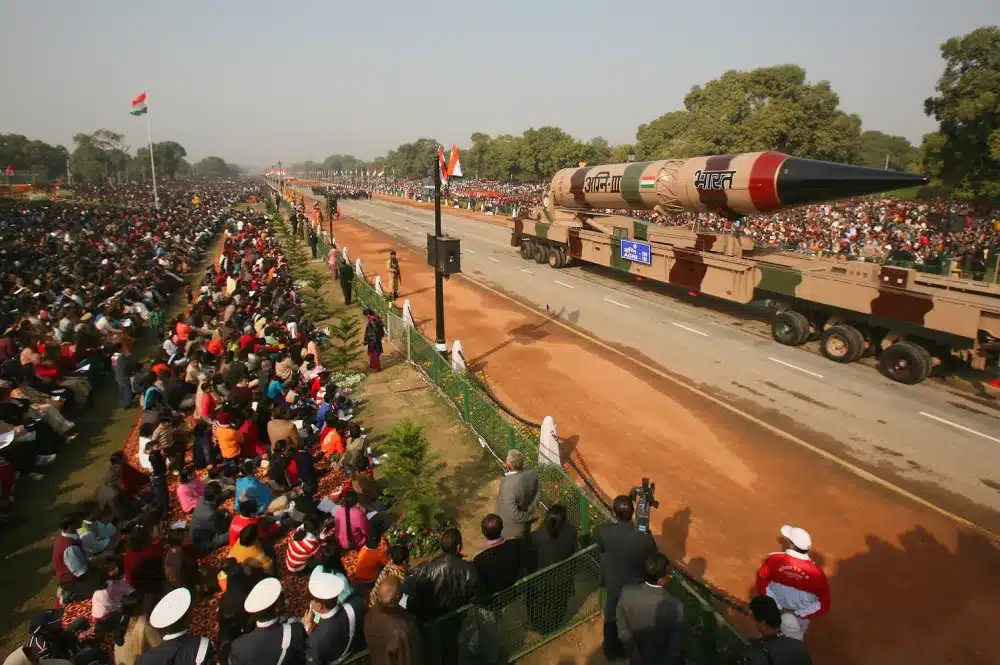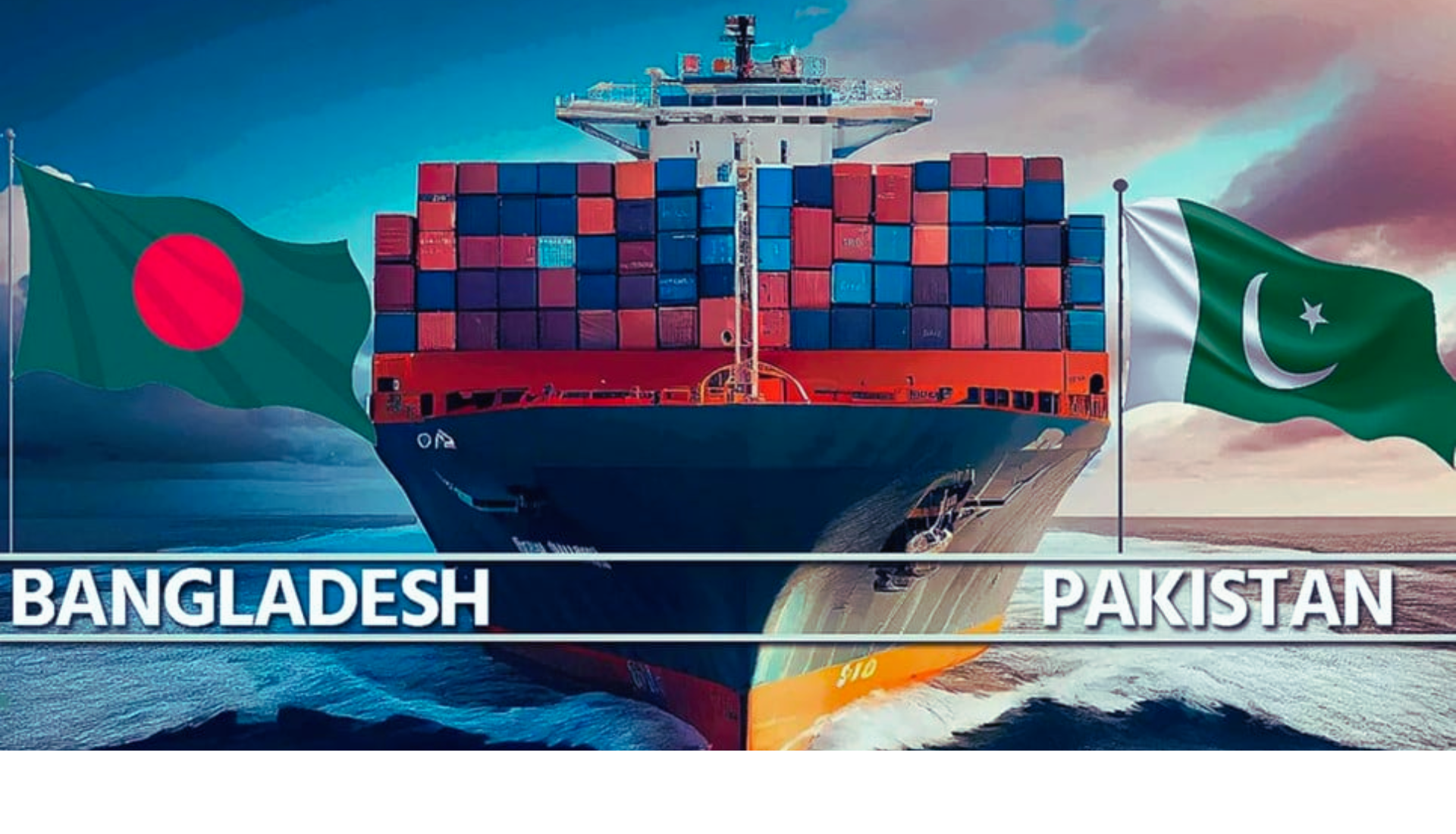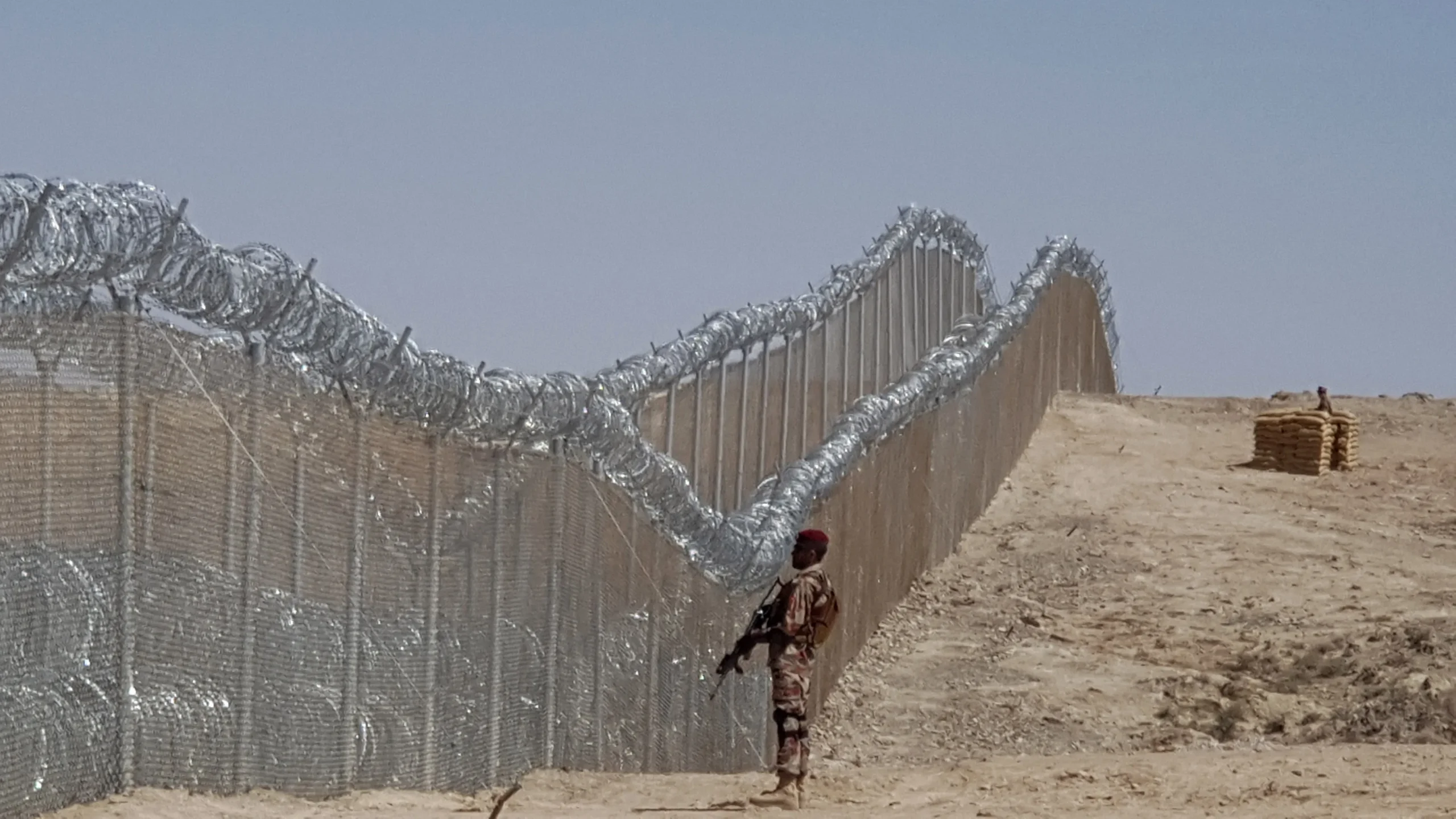The \”no first use\” (NFU) policy is the cornerstone of India\’s nuclear doctrine, although some of the country\’s senior officials have questioned India\’s commitment to the NFU principle, implying that it may consider a preemptive strike. Defense analysts are divided on the practicality of a preemptive counterforce strike against Pakistan, with some believing that India is unable to execute it. The development of a short-range tactical nuclear missile by Pakistan and its rather unclear nuclear first-use policy both support the use of nuclear weapons against superior conventional forces.
The conundrum still poses an existential threat since an impending first strike from India would induce Islamabad to launch the first nuclear attack rather than risk losing the option to do so.
India: Debating No-First-Use Policy
India’s nuclear programme primarily aims to counter nuclear threats from other countries, particularly Pakistan and China. One of India\’s major tenets has been the NFU policy of not using nuclear weapons in a conflict. However, some senior Indian officials, including former Strategic Forces Commander Lt. Gen. B.S. Nagal, former Defense Minister Manohar Parrikar, and retired National Security Adviser Shivshankar Menon, took a position that cast doubt on India\’s commitment to the NFU of nuclear weapons in a confrontation, giving the impression that India would consider pre-emptive counterforce strikes. The debate was initiated by Vipin Narang, a professor at the Massachusetts Institute of Technology, when he stated, at the Carnegie Endowment’s International Nuclear Policy Conference in Washington on March 20, 2017, that India, not Pakistan, maybe the first to launch nuclear weapons in the event of a South Asian conflict, quoting Menon’s 2016 book, Choices: Inside the Making of India’s Foreign Policy. The debate has been further fueled by the statement of Indian Prime Minister Narendra Modi, who said India would not \”hesitate to use nuclear weapons\” if its security was threatened. This statement is in stark contrast with India’s long-standing commitment to the NFU and raises questions about whether or not India will continue to adhere to this policy.
The debate over the feasibility of a pre-emptive counterforce strike by India against Pakistan in the face of an imminent nuclear attack has been ongoing for some time. Defense analysts in India on this issue are divided into two groups. The debate between the two groups of experts is an interesting one, and it brings to light a number of important points. The adherents of the first group, Ajai Shukla among them, consider the traditional South Asian nuclear exchange scenario, in which India responds to a Pakistani first strike with a counter-value second strike targeting Pakistani cities, not realistic and argue that an Indian pre-emptive counterforce strike targeting the Pakistani nuclear arsenals, in the face of an imminent nuclear strike from Pakistan, would be a more strategic option. The second group, of which Rajesh Rajagopalan is one, thinks otherwise and argues that the conduct of a pre-emptive counterforce attack in a crisis is \”clearly beyond India’s capacities.\” However, Narang does acknowledge that India does not have the requisite capabilities to launch a preemptive counterforce strike but that it is in the process of developing them. It may not be unimportant to mention what Dr. Zafar I Cheema wrote.
\”A successful disarming, decapitating, or preemptive counterforce strike against an adversary possessing \”credible\” nuclear weapons capability is an impossibility.\”
Dr. Zafar Nawaz Jaspal, an associate professor at Quaid-e-Azam University in Islamabad, said both Pakistan and India lacked \”decapitation proficiency.\” Additionally, it should be considered that, given their short flight distances between targets, even if India were to obtain such capabilities, they may not have enough time to conduct any kind of successful counter-strike before being subjected to a retaliatory attack from Pakistan. It is obvious that the discussion around the flexibility of India\’s no-first-use commitment might lead to changes in Pakistan and undermine the strategic stability of South Asia.
Pakistan’s Nuclear Doctrine
Pakistan retains a more ambiguous policy on the first use of nuclear weapons against nuclear-armed states. It maintains that it would use nuclear weapons for defensive purposes in an armed conflict with India, as stated by Khawaja Asif, Pakistan\’s Defense Minister, in 2016; however, the demarcating of so-called \”red lines\” could allow provocations by the Indian military just below any threshold for use. Further, Pakistan’s development of a short-range, tactical nuclear missile, the Nasr, supports the strategy of using nuclear weapons against superior conventional forces.
Pakistan, after its overt nuclearization, followed the unofficial and undocumented policy of \”credible minimum deterrence,\” which contained the characteristics of flexibility and ambiguity as it did not assign any benchmark quantitative value to the word \”minimum\” in CMD with an aim to reinforce deterrence vis-à-vis India.
It was India\’s implementation of the Cold Start doctrine that forced Pakistan to shift its nuclear doctrine to full-spectrum deterrence while maintaining its unofficial policy of first use.
In pursuit of this policy, Pakistan conducted tests of Nasr-Hatf IX (a tactical nuclear-capable missile with a range of 60 kilometers, which helped reinforce Pakistan\’s tactical deterrence capability) and Babur 3 (the submarine-launched ballistic missile, which helped Pakistan complete its nuclear triad and ensure credible second strike capability, as well as contribute positively to the sustainability of regional strategic stability). Pakistan’s Inter Service Public Relations office stated that the development of a MIRV-capable missile is \”aimed at ensuring the survivability of Pakistan’s ballistic missiles in the growing regional ballistic missile defense (BMD) environment.\” MIRV (Multiple Independent Reentry Vehicle)—delivery system Ababeel, a dependable ballistic missile to neutralize India’s ballistic missile defense shield with a range of 2,200 kilometers, though it may have both stabilizing and destabilizing consequences, is an indication of Islamabad’s steady progression from counter-value to counter-force targeting potential for the sake of a credible full-spectrum nuclear deterrence strategy.
\”Use It or Lose It\” Paradox
An imminent first strike from India could push Islamabad to be the first to use nuclear weapons in the escalating conflict rather than risk losing the option to use them. Long before discussions about the flexibility of India\’s no-first-use pledge began, Islamabad believed India had a first-use doctrine, according to some analysts. If so, Pakistan would be moving towards building a nuclear force already in preparation. Both Pakistan and India are believed to store their warheads separately from their delivery vehicles. However, linking the warhead to the delivery system in response to higher alert conditions would allow for more rapid deployment but could increase the risk of an unintended launch.
The proposed change to India\’s No First Use policy may lower the threshold for using nuclear weapons and exacerbate the \”use it or lose it\” paradox for Pakistan, particularly in the event that India were to launch a counter-value first strike. It may also force Pakistan\’s National Command Authority, or NCA, to delegate control over nuclear weapons to local commanders on the battlefield, and it may prompt Islamabad to further accelerate the development of its deterrent and its options for delivering nuclear weapons.
Implications for the Region
While there are arguments on both sides as to whether or not India should pursue a pre-emptive counterforce strike against Pakistan in response to an imminent nuclear threat, it appears unlikely given current technological limitations as well as potential retaliation risks posed by short flight times between targets. Therefore, other strategies need to be explored that can effectively deter any potential aggression from either side without resorting to military force or risking escalation into full-scale war.
It is important for both countries, as well as the international community, to understand the implications of a potential shift away from the NFU.
A move away from the NFU could lead to an arms race between India and Pakistan, which could have devastating consequences for regional stability and global peace.
It could also increase the risk of an accidental or unauthorized launch due to miscalculation or misunderstanding during times of heightened tensions between two nuclear-armed states. Beijing may not want to change its policy of not using nuclear weapons first, but recent discussions between India and China could lead to other measures, such as increasing the readiness of China\’s nuclear weapons or changing the doctrine behind China\’s nuclear weapons. Indian doctrine is more assertive now, and this could make Beijing rethink its policies, particularly if the United States starts to support India as a counterbalance to China.
The views expressed in this article are the author’s own. They do not necessarily reflect the editorial policy of the South Asia Times.







